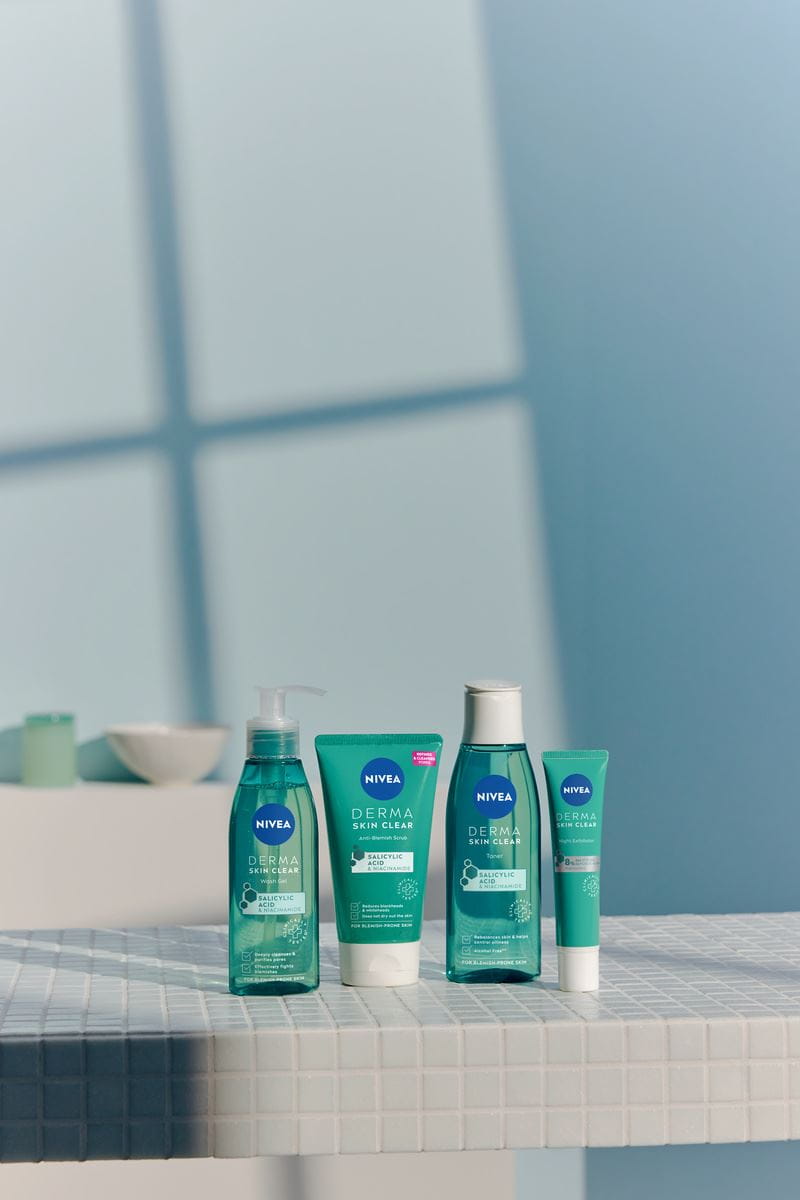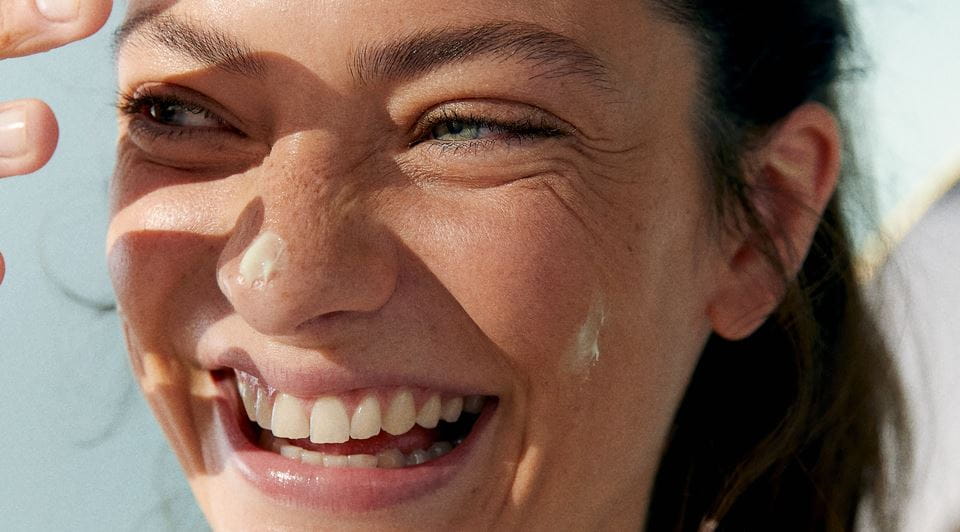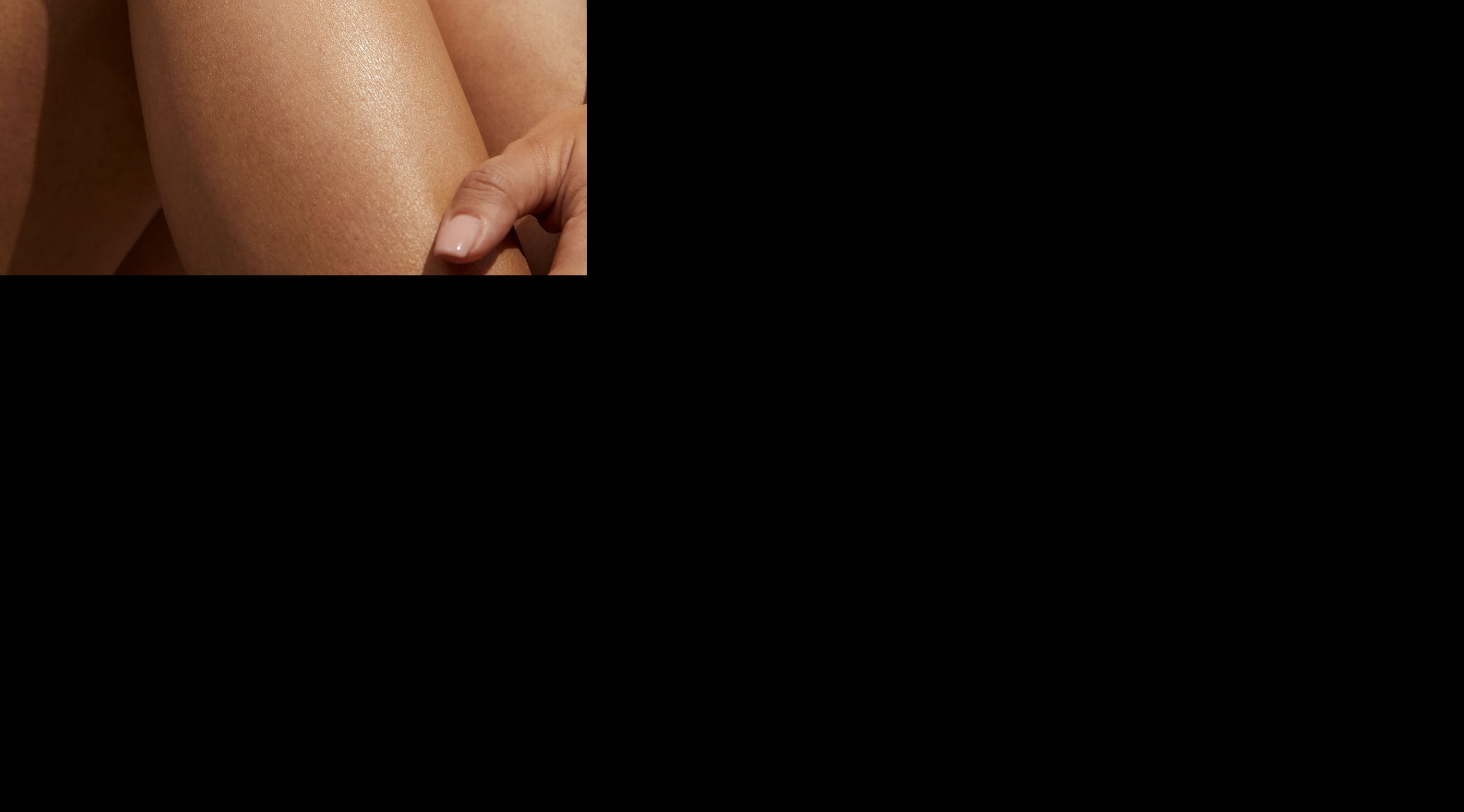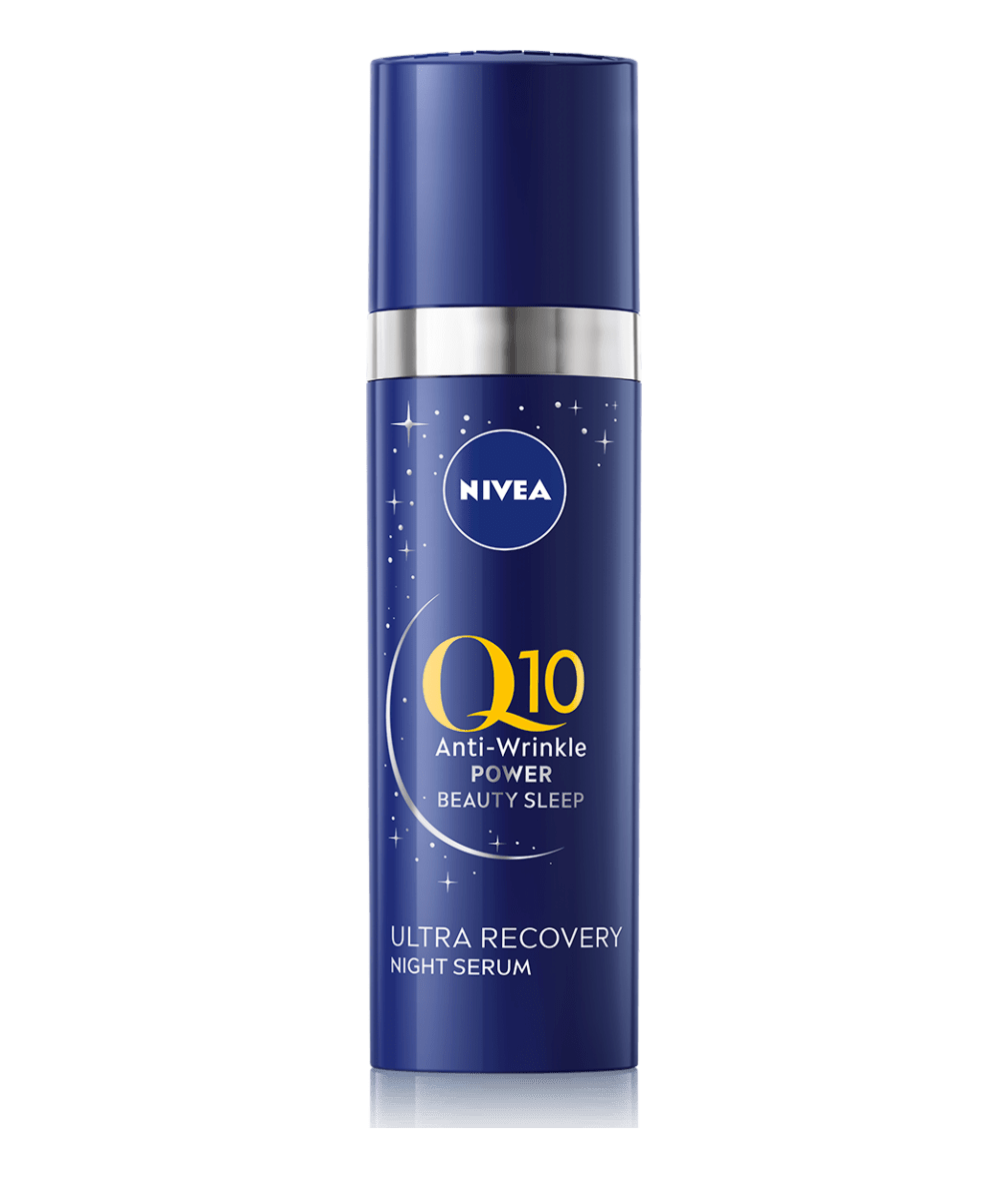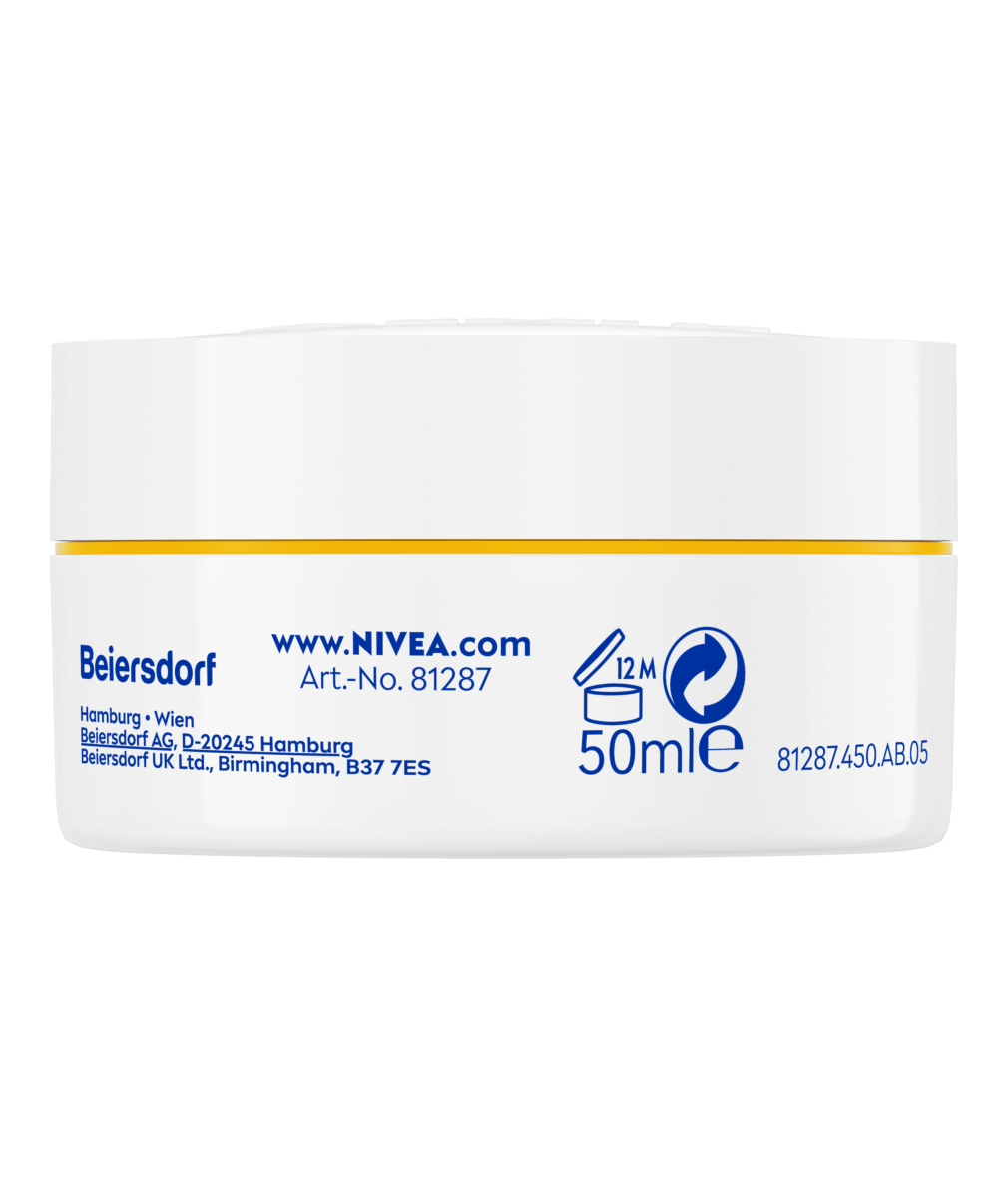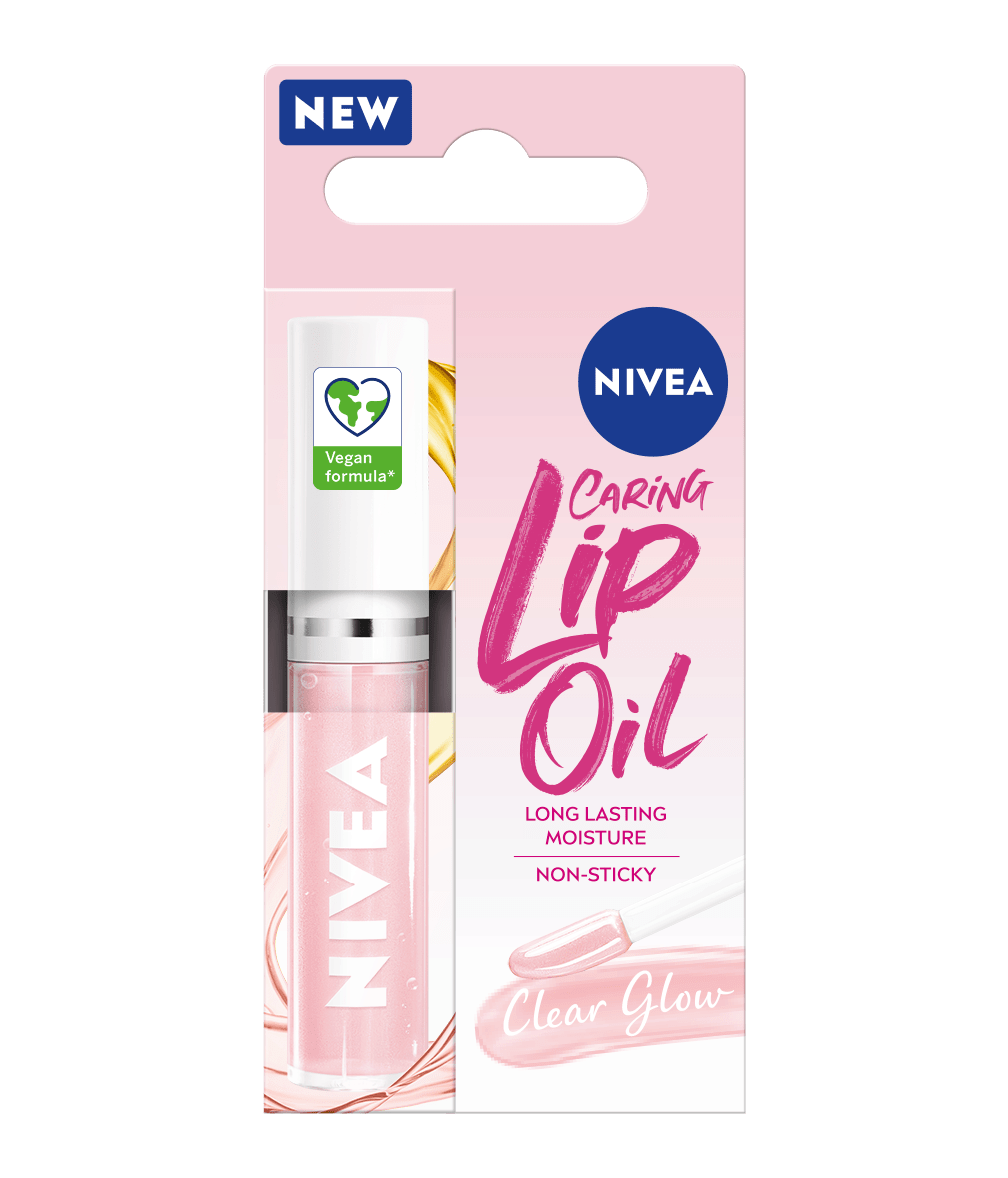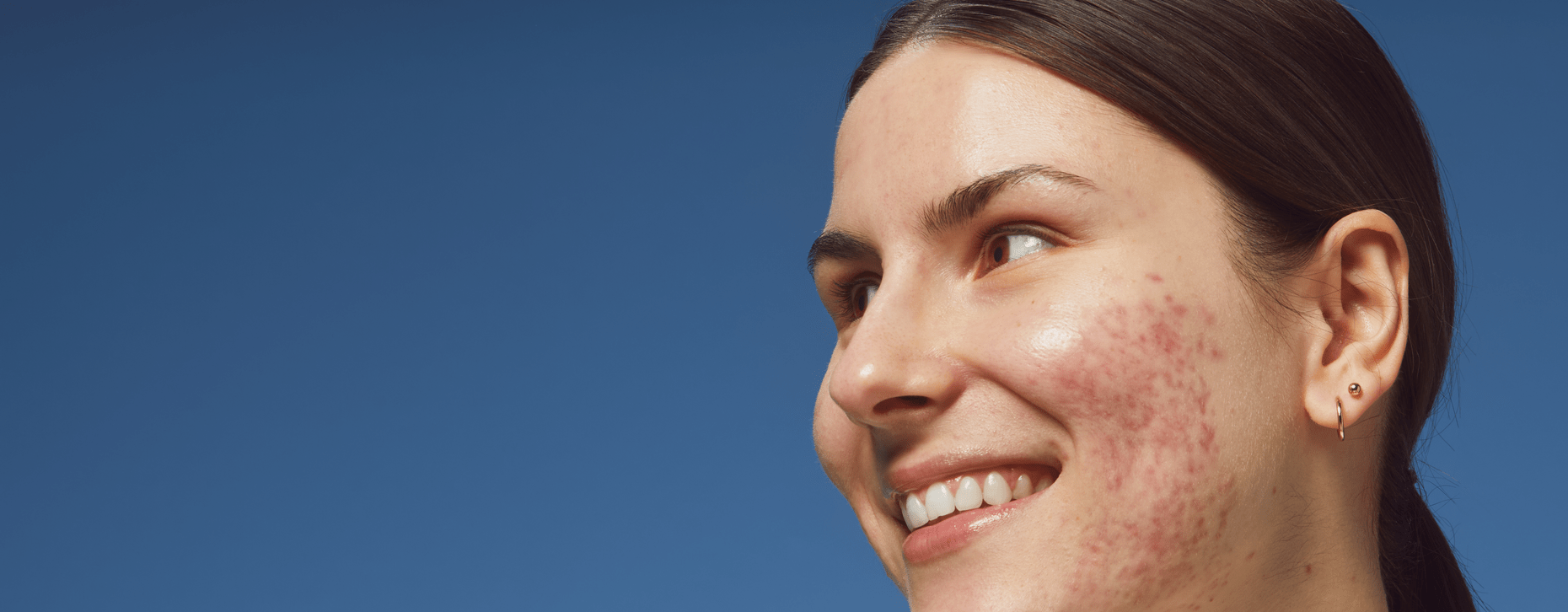
How to Get Rid of Breakouts : Causes, Care & Prevention
Are you breaking out all of a sudden? Here is everything you need to know about breakouts on the face & body. Including the most common causes and prevention tips.
What is a breakout?
A skin breakout refers to the sudden appearance of many pimples, blackheads, whiteheads or other blemishes on the skin. These breakouts typically occur when hair follicles become clogged with excess oil, dead skin cells and bacteria, leading to inflammation and the development of various types of acne. Breakouts can affect people of all ages and are most commonly observed on the face, neck, chest and back. Various factors, including hormonal fluctuations, genetics, diet and skincare habits, can contribute to causing a sudden outburst of pimples on the face.
6 common causes of breakouts
The Common causes of breakouts:
Skin breakouts can occur for various reasons, understanding these common causes is essential for effective prevention and management. Some of the primary factors contributing to skin breakouts include:
Facts Overview

.png?rx=605&ry=404&rw=1030&rh=1584&hash=38FB5EA78120C58F78D3B89D337A9017)
